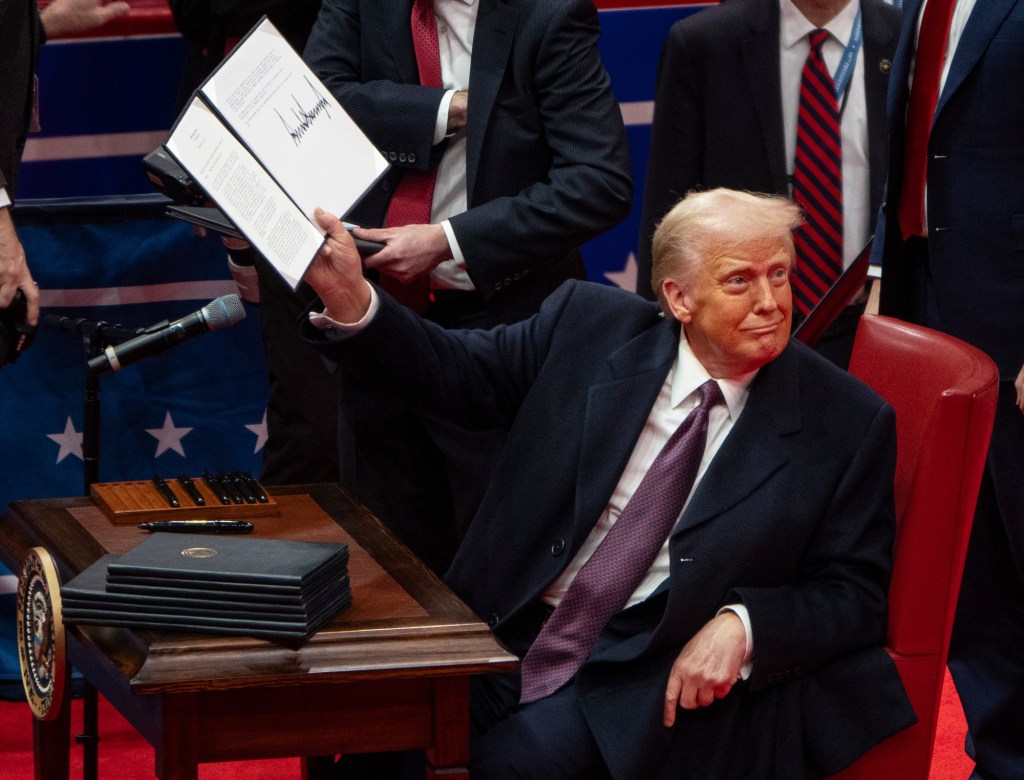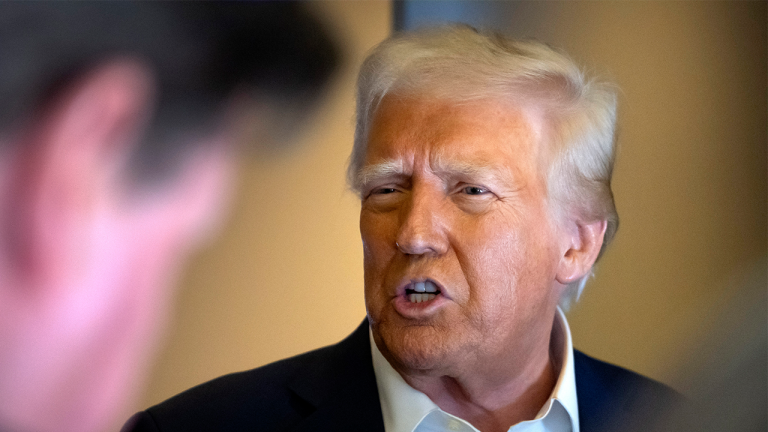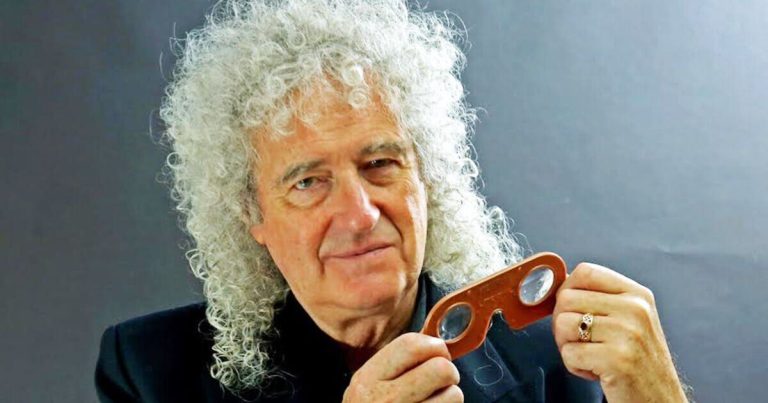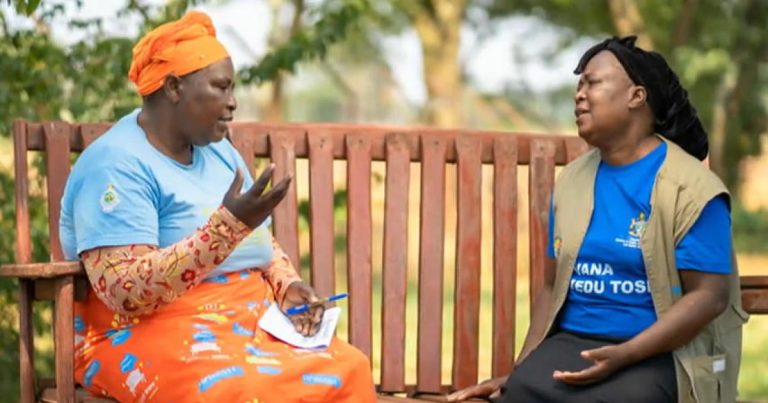

It is a particularly confusing moment around Torrey Pines Mesa, the epicenter of San Diego County’s biomedical innovation industry, as researchers find themselves asked to exclude inclusiveness in response to a Jan. 20 executive order that deems diversity, equity and inclusion programs to be “discriminatory.”
This edict to excise DEI from federally funded work hits particularly hard in San Diego, with its outsize allocation of federal funds.
The region received about $1 billion in grants from the National Institutes of Health in fiscal 2024, according to that agency’s online funding database. And the number is larger still with additional funding flowing in from federally chartered entities such as the National Science Foundation and the U.S. Centers for Disease Control and Prevention.
Biocom California, a statewide life sciences advocacy group, estimates that the region’s overall multiyear funding commitments from the NIH and NSF together totaled $2.2 billion in 2023, employing more than 178,000 people and generating $56 billion in total economic output.
That foundational support was itself threatened in a separate order from the U.S. Office of Management and Budget that paused an estimated $3 trillion in federal grants on Jan. 27 only to rescind that action two days later after a federal judge intervened, issuing a temporary restraining order.
The quick walk back of the grant freeze calmed the immediate terror of so many research projects suddenly learning that their funding had become uncertain. And a fresh concern appeared Friday when the NIH issued new guidance, capping indirect costs for grant administration and other operations and maintenance expenses at 15 percent, a rate much lower than the average of about 27 percent. And the DEI order remains, forcing researchers to comply with demands for changes that are not yet well defined.
Reports, including one published Tuesday by The Washington Post, surfaced this week detailing a list of verboten words such as “women,” “diverse” and “institutional” reportedly under review by the National Science Foundation in its scrutiny of grants and active research projects.
University of San Diego associate biology professor Nicole Danos said she recently received a notice from the NSF that all researchers must cease “all non-compliant grant and award activities” pertaining to DEI. This includes a multiyear grant she received in 2023 to study “the structure and function of skeletal muscle and associated connective tissues during pregnancy and lactation.”
Her research proposal includes highly technical methods, such as using high-speed videography and electromyography — placing electrodes on the skin to detect muscle activity — in the study of rats. The hypothesis is that the hormones present during pregnancy may “improve locomotor performance” by helping muscles to better wring potential energy from muscle tissue. While two listed research aims focus on direct experimentation, a third calls for the development of teaching resources that can “identify new areas of female-specific anatomy and physiology research and enhance female STEM students’ sense of belonging.”
At the moment, Danos, and thousands of her fellow scientists nationwide, are meeting with university officials who themselves are trying to parse exactly where the line is, which aspects of research, either already funded or proposed in grant applications, are now disallowed because they study a specific gender or propose reaching out to specific demographics.
The concern, she added, is that this appears to be an administrative process driven by non-scientists.
“It is very worrisome that the National Science Foundation is reviewing either awards that are now being submitted or things that have already been submitted based on the executive order of somebody who is not a scientist,” Danos said.
She has been shocked, she added, with the speed with which major professional organizations have scrubbed diversity-focused content from their websites.
“This is affecting the overall scientific culture, not just whether or not a few people will be able to do their jobs,” Danos said.
The president’s executive order seems to say that such activities, focused on studying women and helping female students learn, are no longer allowed, though there is presently much confusion over where the bright line is between DEI and research on specific genders.
Dr. David Smith, a translational research virologist and chief of infectious diseases and global public health at UC San Diego, said he has recently spent time scrubbing mentions of inclusivity and diversity from grant applications that he planned to submit for funding.
Much of the targeted verbiage has been necessary, he said, to describe research into what experts call the “structural determinants of health,” those outside forces such as access to nutritious food and safe neighborhoods that are shown again and again to be significant contributors to a person’s overall well-being.
Along the same lines, there has been an ongoing effort to encourage a more diverse group of Americans to participate in clinical trials.
At present, Smith emphasized, the research community has not received any direction that it should disenroll anyone from any existing clinical trials. But he worries that scrubbing any focus on diversity from grant programs erodes progress toward more effective medicine.
“I worry that if we decide that we don’t need to do increased outreach and trust-building in communities then the discoveries that we make are all going to continue to be focused on those who participate, which has historically been White men in the United States,” Smith said. “We will miss out on a broader understanding of how these discoveries work for all people.”
While many institutions are working to meet the demands of the president’s DEI executive order, it is also clear that the administration’s interpretation of its requirements remains an open question.
Joe Panetta, president emeritus of Biocom California, spent time in Washington, D.C., this week supporting an effort to learn as much as possible about how the new administration’s orders will unfold in the real world. Thus far, he said, there are far more questions than answers.
“I think everyone is just in a state of confusion right now,” Panetta said. “They don’t know what to do, and they don’t know what to say at this point.”
So far, he said, there have been no signs that executive orders have stalled research already underway.
“It’s more about grant applications in the future and continuing grant applications that are going to expire,” Panetta said. “I don’t think we’re in panic mode yet; we’re at a point now where it’s just kind of let’s wait and see what happens.”
Tim Scott, Biocom’s president, said in an email Friday afternoon: “The far-reaching and conflicting nature of recently issued directives affecting a wide range of federal agencies and programs is driving uncertainty and concern within California’s innovation ecosystem. Biocom California is striving to ensure our companies and universities continue to have access to crucial federal programs and is actively communicating with high-level officials about policy changes that may negatively impact the life science community’s ability to conduct research and develop life-saving innovative medicines, diagnostics and devices.”







